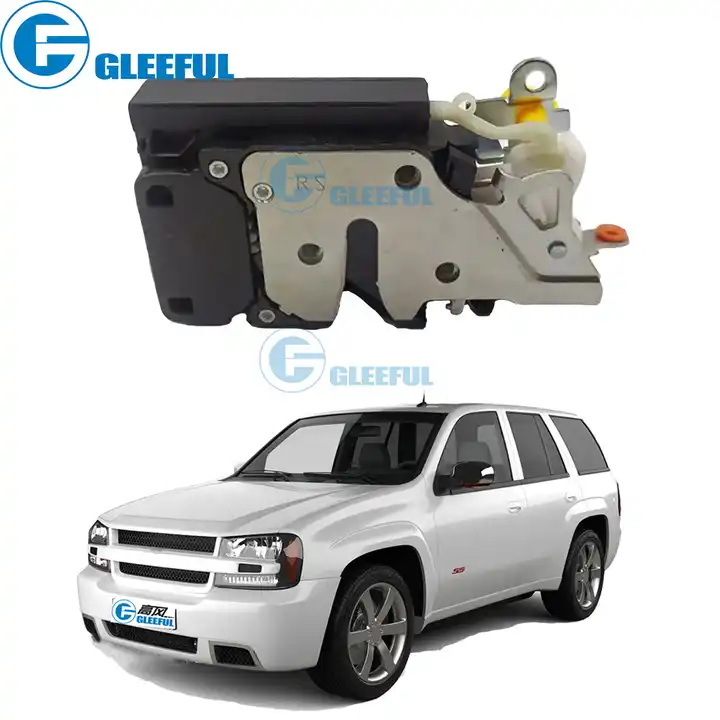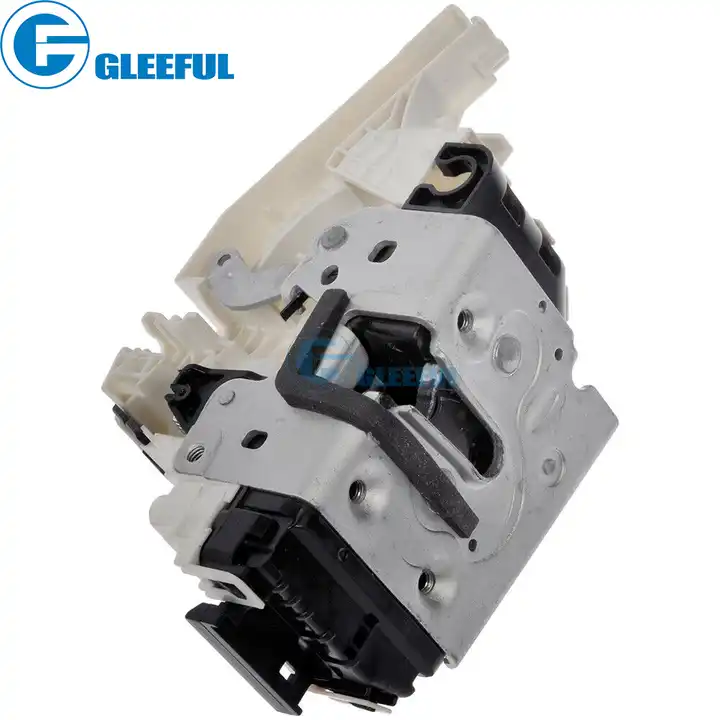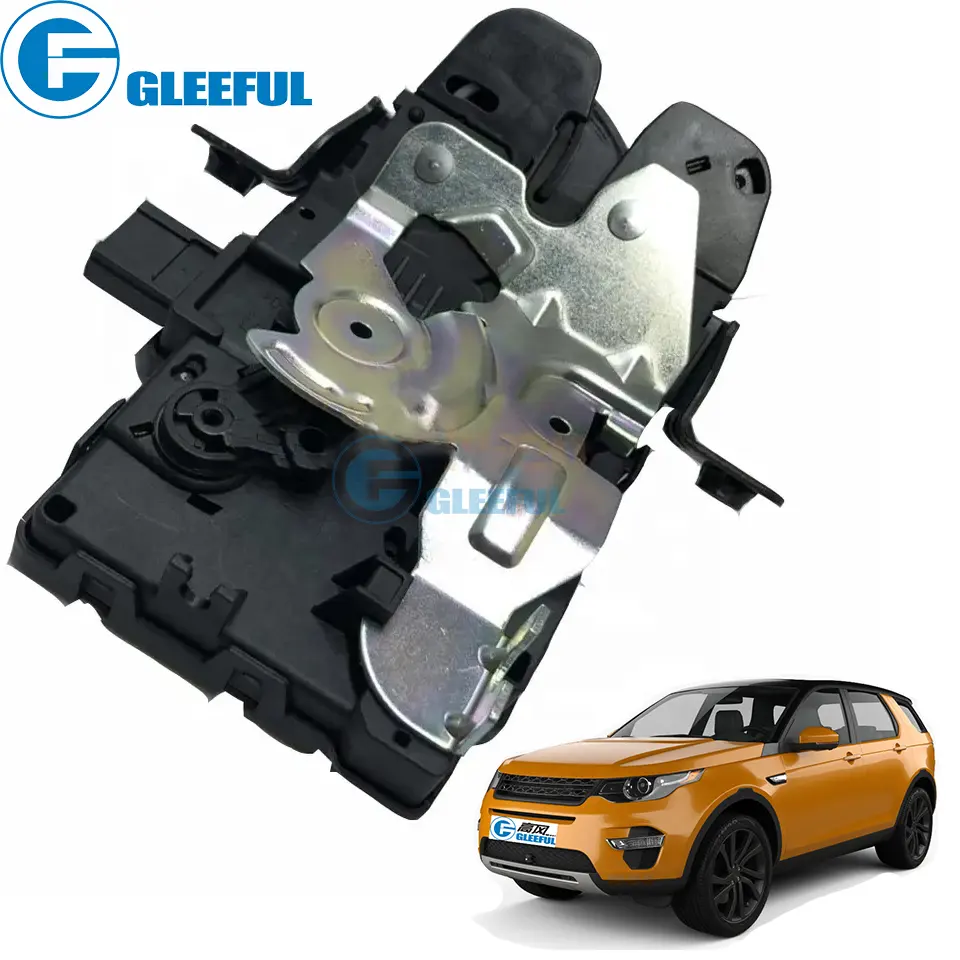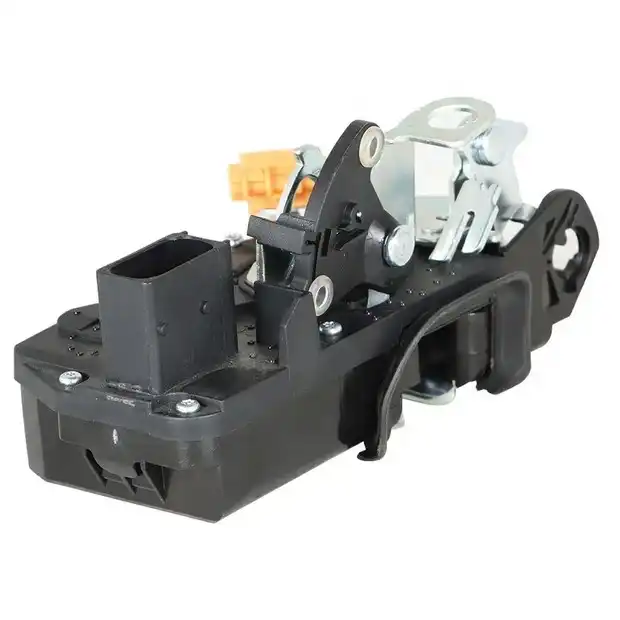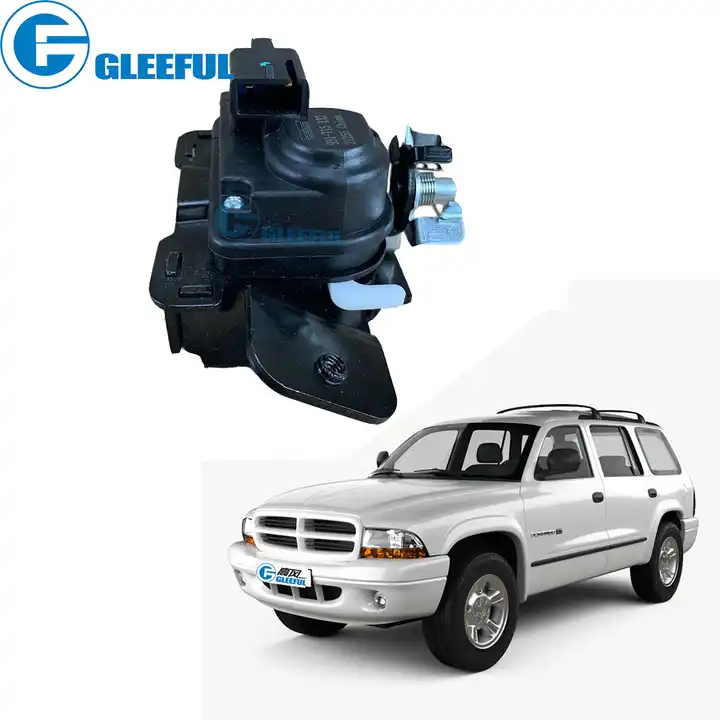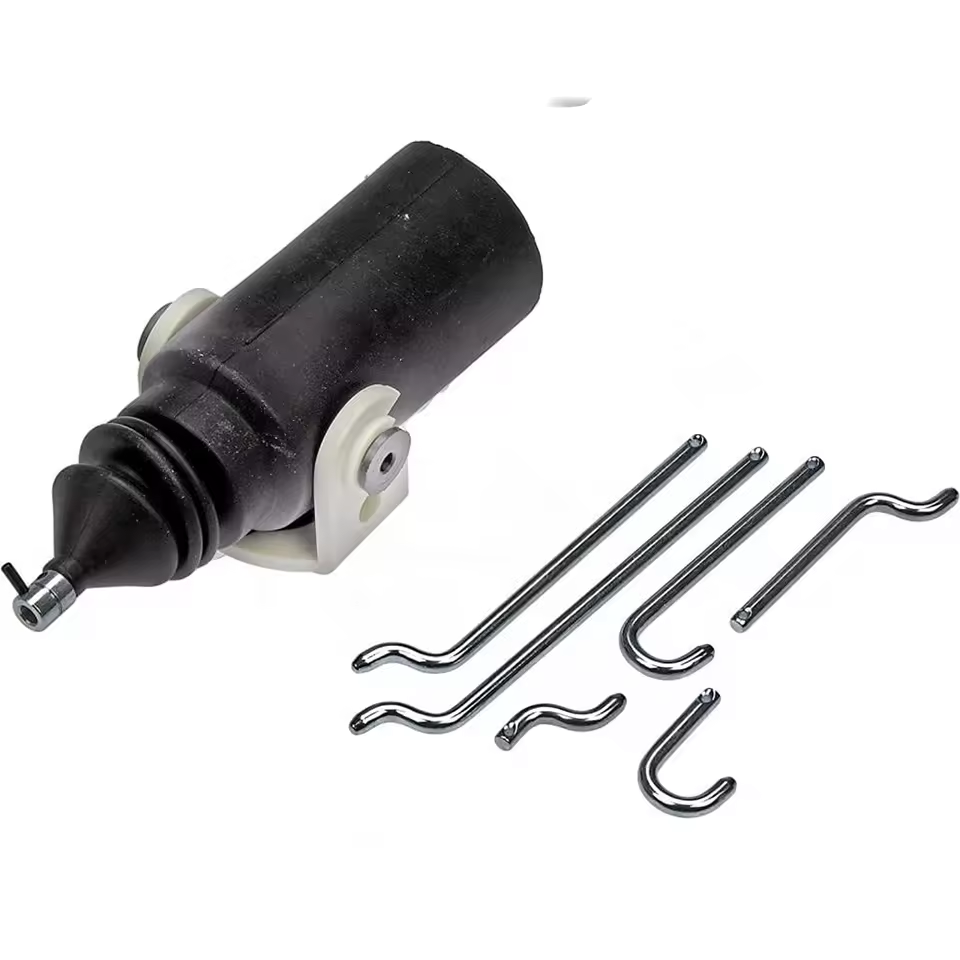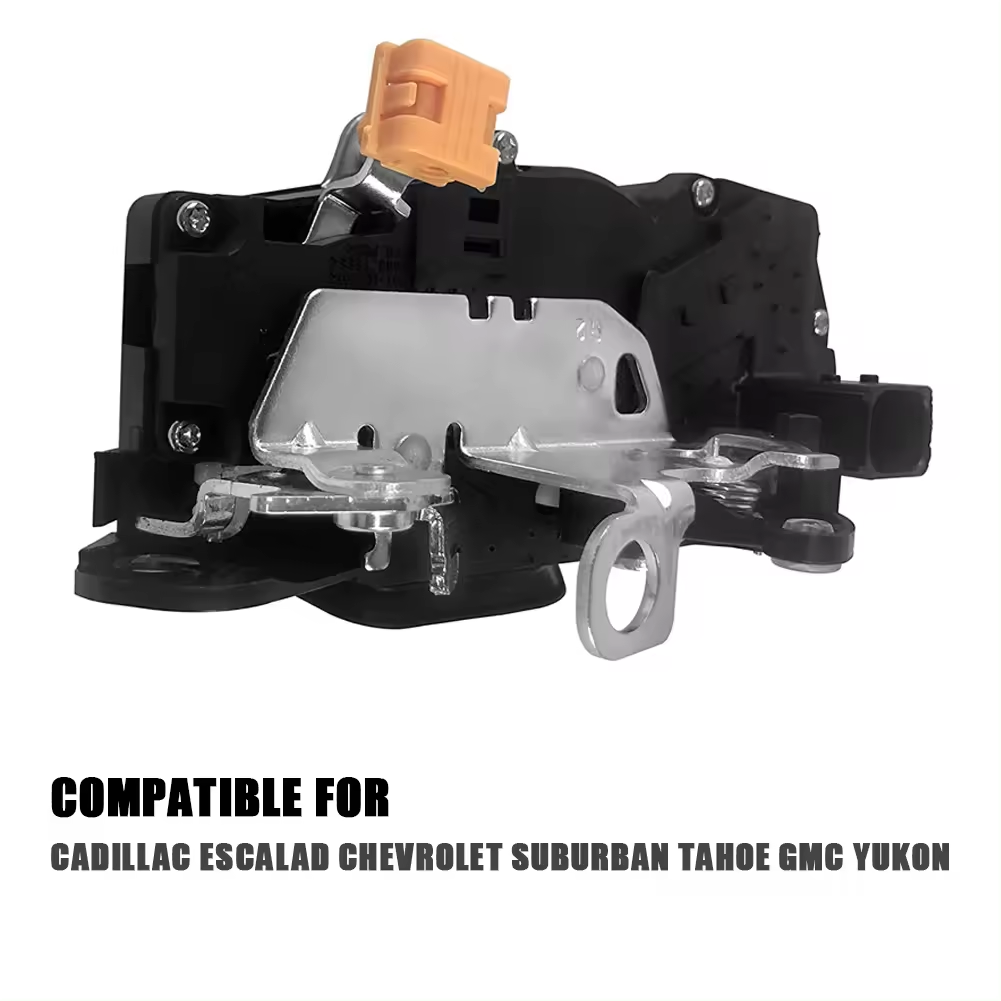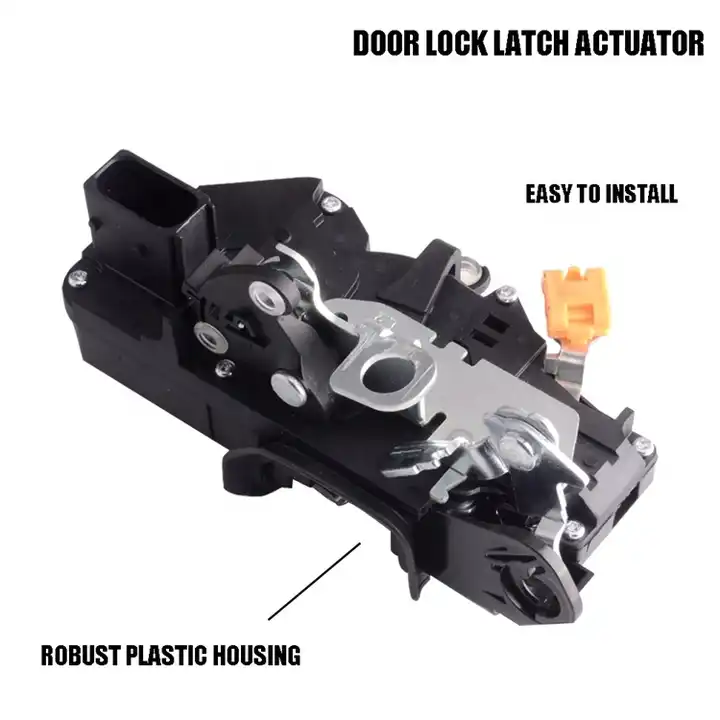This article provides a comprehensive guide on troubleshooting electrical issues in car door locks, focusing on the door lock actuator. It covers the symptoms of a faulty actuator, including inconsistent locking/unlocking, no response, and unusual noises. The step-by-step troubleshooting guide includes checking fuses, testing the door lock switch, inspecting wiring, and testing the actuator. If the actuator is faulty, the article advises on replacing it. Additionally, preventive maintenance tips are offered to avoid future problems. This guide helps car owners diagnose and fix common door lock issues, ensuring their vehicle's locking system functions reliably.


